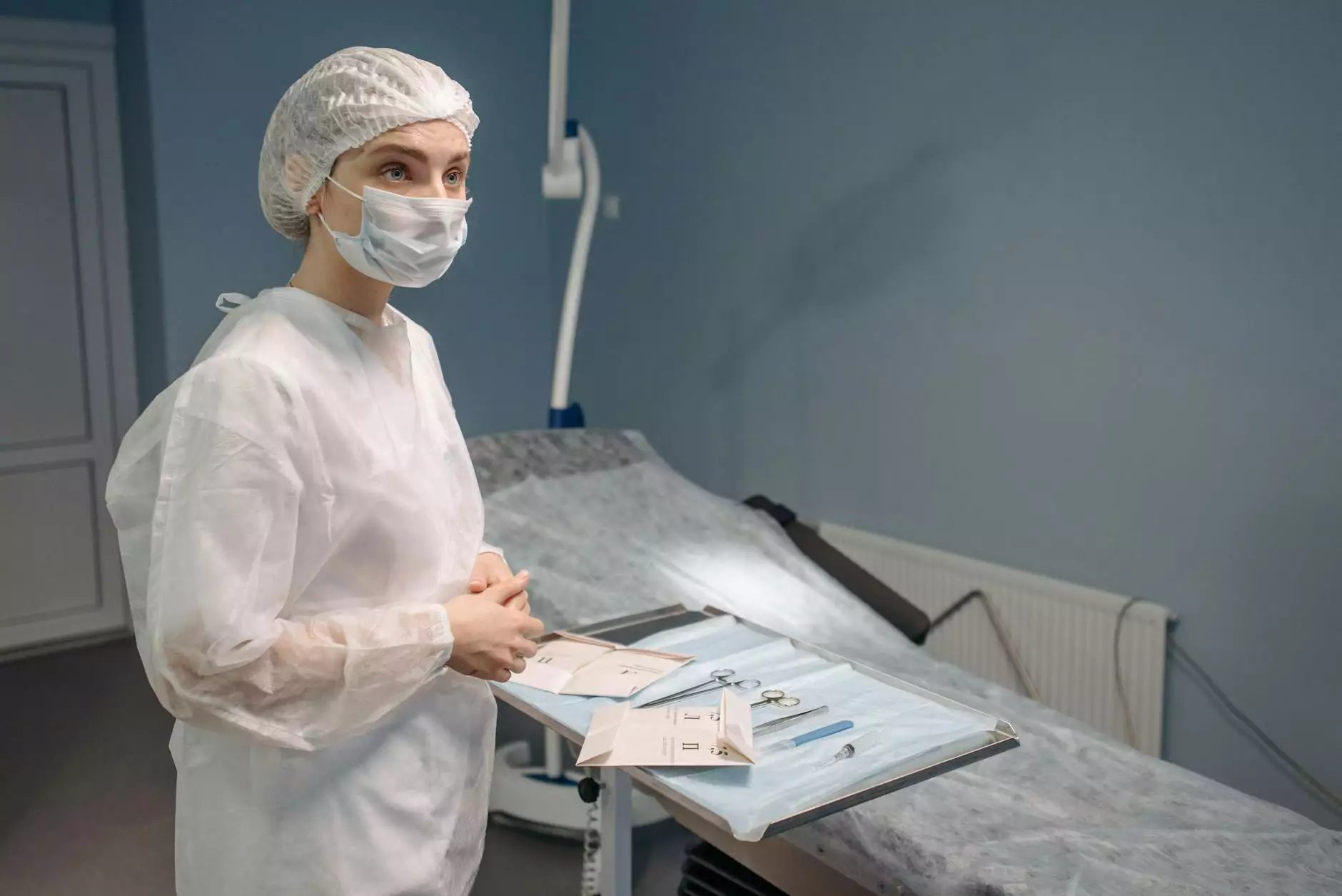Bilateral Salpingo Oophorectomy: Definition and Comprehensive Overview

In the realm of gynecological health, many procedures are pivotal in addressing various medical conditions that affect women. One such significant procedure is the bilateral salpingo oophorectomy. This article aims to delve deep into the definition, procedure, benefits, risks, and implications of this surgery, offering a thorough understanding for patients and healthcare professionals alike.
What is Bilateral Salpingo Oophorectomy?
The term bilateral salpingo oophorectomy refers to the surgical removal of both the ovaries and fallopian tubes. To break down the terminology:
- Salpingo: Refers to the fallopian tubes.
- Oophorectomy: Refers to the removal of the ovaries.
- Bilateral: Indicates that the procedure is performed on both sides.
In essence, this surgery is often performed to address a range of conditions such as ovarian cancer, severe endometriosis, or to reduce the risk of ovarian cancer in women with a significant family history.
Why is Bilateral Salpingo Oophorectomy Performed?
Several medical indications can lead to a recommendation for a bilateral salpingo oophorectomy. Understanding these reasons is crucial for patients considering this procedure:
- Ovarian Cancer: Women diagnosed with ovarian cancer may undergo this surgery to remove cancerous tissues and prevent further spread.
- Genetic Risk Factors: Women with BRCA1 or BRCA2 gene mutations may opt for a preventive oophorectomy to significantly reduce their risk of developing breast and ovarian cancer.
- Endometriosis: Severe cases of endometriosis that do not respond to other treatments may necessitate this surgery to alleviate chronic pain and other symptoms.
- Adnexal Masses: The presence of cysts or tumors on the ovaries can lead to the decision to remove the ovaries and tubes.
- Pelvic Inflammatory Disease (PID): Chronic PID resulting in the damage of reproductive organs may require this surgical intervention.
The Procedure: What to Expect
Preoperative Considerations
Before undergoing a bilateral salpingo oophorectomy, a comprehensive evaluation is necessary. This typically includes:
- Medical History Review: Discussing any previous surgeries, medical conditions, and medications with the healthcare provider.
- Physical Examination: Conducting a thorough pelvic exam to identify any abnormalities.
- Imaging Tests: Ultrasounds, CT scans, or MRIs may be utilized to assess the reproductive organs.
- Blood Tests: To check for the presence of cancer markers or other health indicators.
The Surgical Procedure
The actual surgery can be performed through either an open surgery or laparoscopic surgery. Each method has its advantages and potential risks:
- Laparoscopic Surgery: Involves small incisions in the abdomen, utilizing a camera and specialized instruments. This method typically leads to quicker recovery times and less postoperative pain.
- Open Surgery: Requires a larger incision, which may be necessary depending on the individual situation. This method might be less favorable due to longer recovery and more discomfort.
Postoperative Care
After the surgery, patients can expect a recovery period that varies depending on the surgical method used. Key aspects of postoperative care include:
- Pain Management: Prescribing medications to manage any discomfort experienced.
- Follow-Up Appointments: Scheduling visits with the healthcare provider to monitor recovery and address any concerns.
- Activity Restrictions: Advising against heavy lifting and intense physical activity for a defined period.
- Emotional Support: Offering resources for mental and emotional health, as this surgery can have psychological implications for some women.
Benefits of Bilateral Salpingo Oophorectomy
The surgical removal of the ovaries and fallopian tubes offers several potential benefits:
- Reduction in Cancer Risk: For women at high risk for ovarian cancer, this procedure significantly lowers the likelihood of cancer development.
- Management of Pain: In cases of severe endometriosis or chronic pelvic pain, the surgery can relieve debilitating symptoms.
- Improvement in Quality of Life: Many women report an overall improvement in well-being post-surgery, especially after alleviation of chronic conditions.
Potential Risks and Complications
Like any surgical procedure, a bilateral salpingo oophorectomy is not without risks. Understanding these potential complications is essential:
- Anesthesia Risks: Reactions to anesthesia can occur, leading to complications during or after the procedure.
- Infection: Any surgical procedure carries the risk of infection at the incision sites or internally.
- Blood Clots: Reduced mobility post-surgery can lead to the formation of blood clots in the legs or lungs.
- Hormonal Changes: Removal of the ovaries results in a sudden hormonal shift, which may lead to menopause symptoms even in younger women.
The Impact on Hormonal Health
Women's hormonal balance is significantly affected by the removal of the ovaries. It's important to note that:
- Menopause: For women undergoing a bilateral salpingo oophorectomy before the natural onset of menopause, hormone replacement therapy may be necessary to alleviate symptoms.
- Emotional Well-Being: Hormonal changes can impact mood, leading to anxiety, depression, or other emotional challenges.
- Long-Term Considerations: Continuous healthcare monitoring is essential to address any long-term health implications related to hormonal changes.
Conclusion
A bilateral salpingo oophorectomy is a critical surgical procedure that plays a pivotal role in managing various gynecological health issues. With a thorough understanding of the procedure, its benefits, and potential risks, patients can make informed decisions about their health. For those concerned about ovarian cancer or experiencing severe reproductive health issues, this surgery can be a life-changing option, leading to improved health outcomes and quality of life.
For further information, advice, or to schedule a consultation, consider visiting drseckin.com, where comprehensive healthcare services for women's reproductive health are offered.
bilateral salpingo oophorectomy definition







